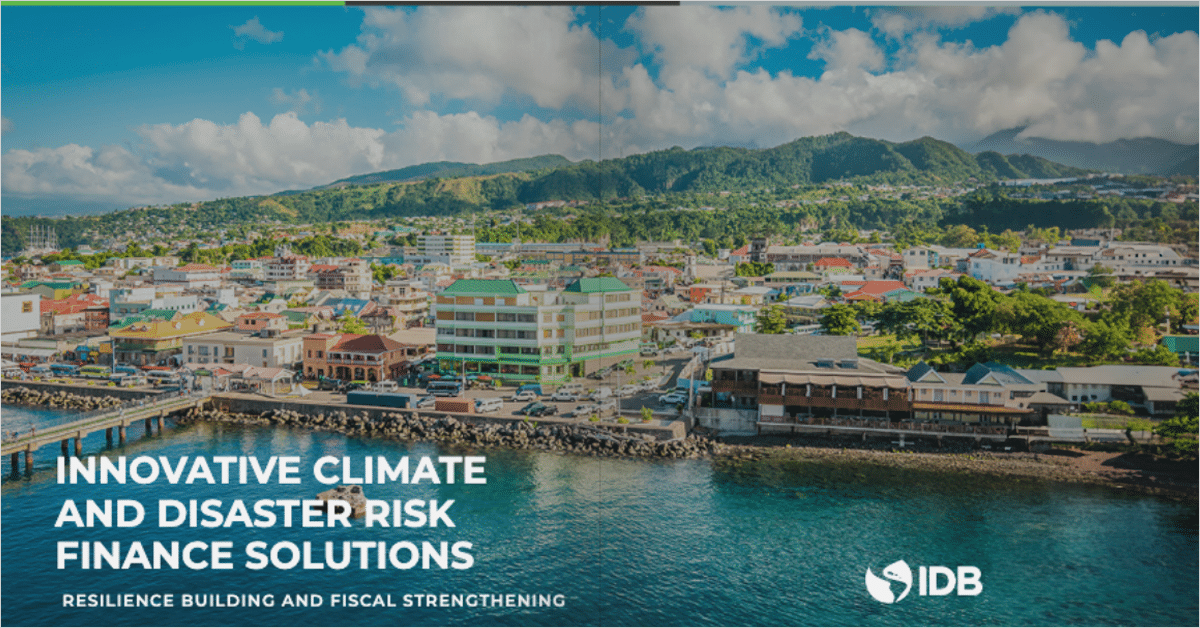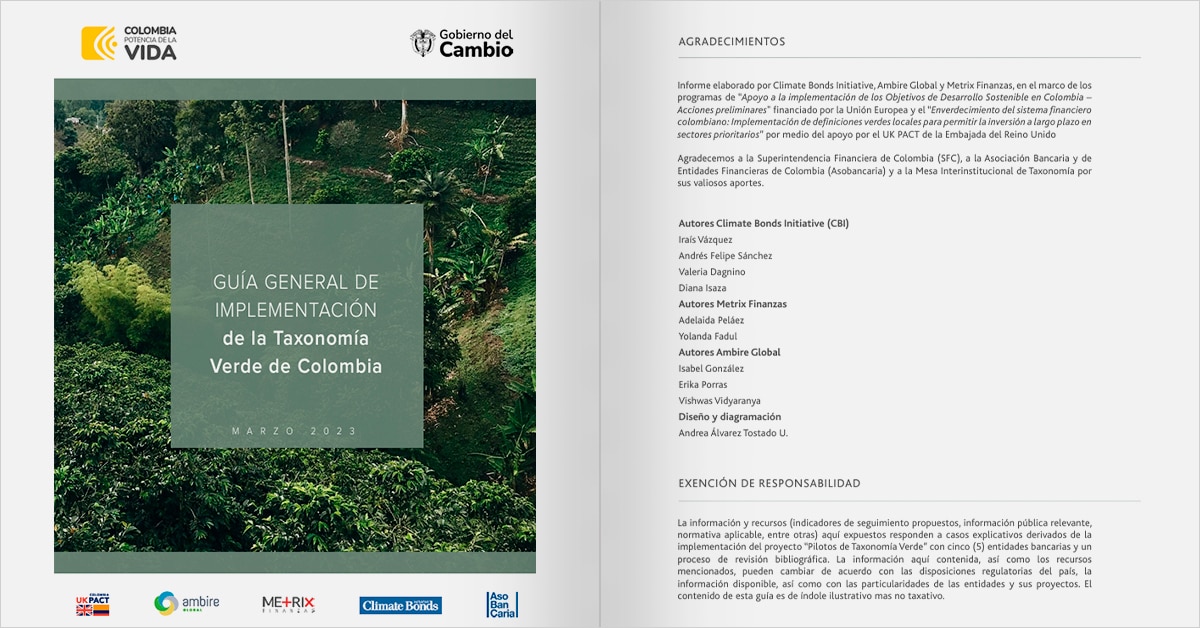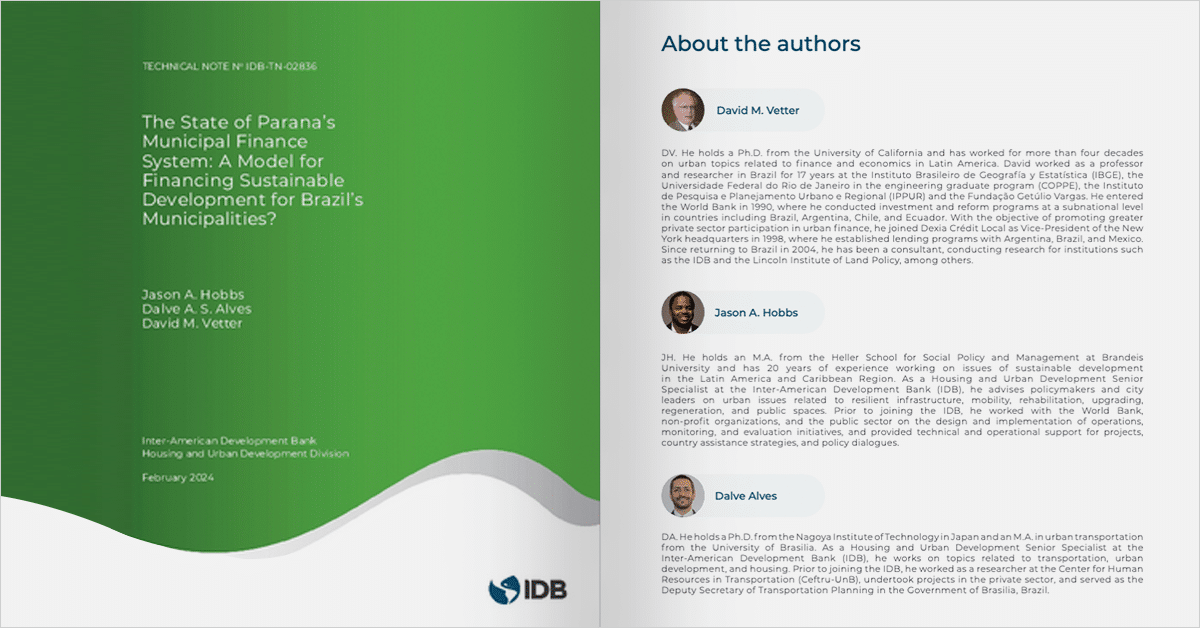- Home
- »
- Publications
- »
- Latin American and Caribbean Forests in the 2020s: Trends, Challenges, and Opportunities

Editor/s: Allen, Blackman
Author/s: IDB: Ardila, Juan; Arieira, Julia; Bauch, Simone; Bezerra, Tathiana; Blackman, Allen; David, Olivia; Finegan, Bryan; Nascimento, Nathália; Nepstad, Daniel; Nobre, Carlos A.; Rajão, Raoni; Robalino, Juan; Sohngen, Brent L.; Stickler, Claudia; Vargas, Rafael; Warren, Matt.
File: Download PDF
The IDB recently published a monograph that presents expert assessments of four different facets of Latin American and Caribbean (LAC) forests at the start of the 2020s. The work brings together reports by leading experts that focus on: 1) forest conservation and restoration; 2) two-way links between forests and climate change; 3) forest management, including trends in international trade in timber and bioenergy; and finally, 4) IADB forest projectss in the last 13 years.
Some of the key ideas developed by the authors are summarized below.
• Domestic forest conservation policies and programs such as land-use change regulations are often hamstrung by resistance from land managers, a dynamic that has played out in Brazil over the past decade. As a result, although these types of policies can have significant short-term benefits, they are likely to be unsustainable in the long term unless accompanied by positive incentives for land managers.
• Human-induced phenomena have triggered dramatic shifts in forest ecology, reducing resilience and productivity and spurring large-scale diebacks. The combined effects of global climate change, regional deforestation, and increased forest fires may well cause up to 60 percent of the Amazon rainforest to disappear by 2050. The damage to society can be equally catastrophic, with projections that some 17 million people in LAC will be forced to migrate in the next 30 years. Climate challenges for LAC in the coming decades will demand mixed climate policies based on forest restoration and protection, new technologies for sustainable agriculture, green infrastructure for risk reduction, and better communication between scientists and stakeholders.
• Although growth in the region’s wood products sector has exceeded the world’s average since the 1960s, virtually all of this growth has been due to expansion in three countries, Brazil, Chile, and Uruguay, which have invested in fast-growing plantations. Moreover, these plantations face competitive pressure because of declining world markets for paper products. It is therefore important for LAC to explore opportunities for new markets, new products, and enhanced productivity.
• Since 2006, the Inter-American Development Bank Group (IDBG) has invested almost US $1.5 billion in forest projects aimed at conserving, restoring, or sustainably managing natural forest resources, as well as promoting forest plantations and agroforestry. Both the number of IDBG forest projects and their funding have increased significantly since 2006, mostly because of the increased availability of climate finance, which accounted for 14 percent of all forest funding approved by the IDBG in the study period.





 Stay updated on the latest trends of Green Finance
Stay updated on the latest trends of Green Finance




